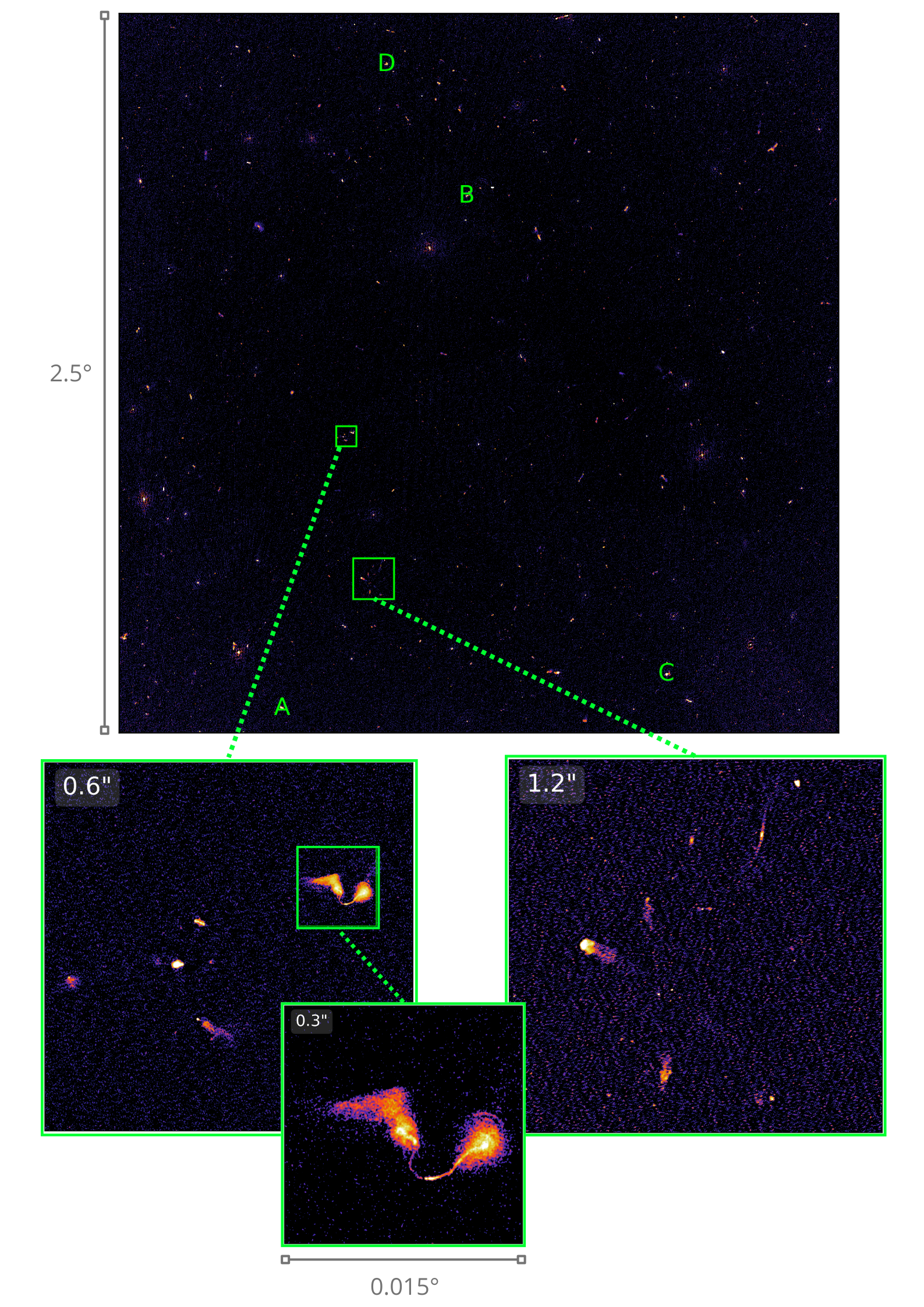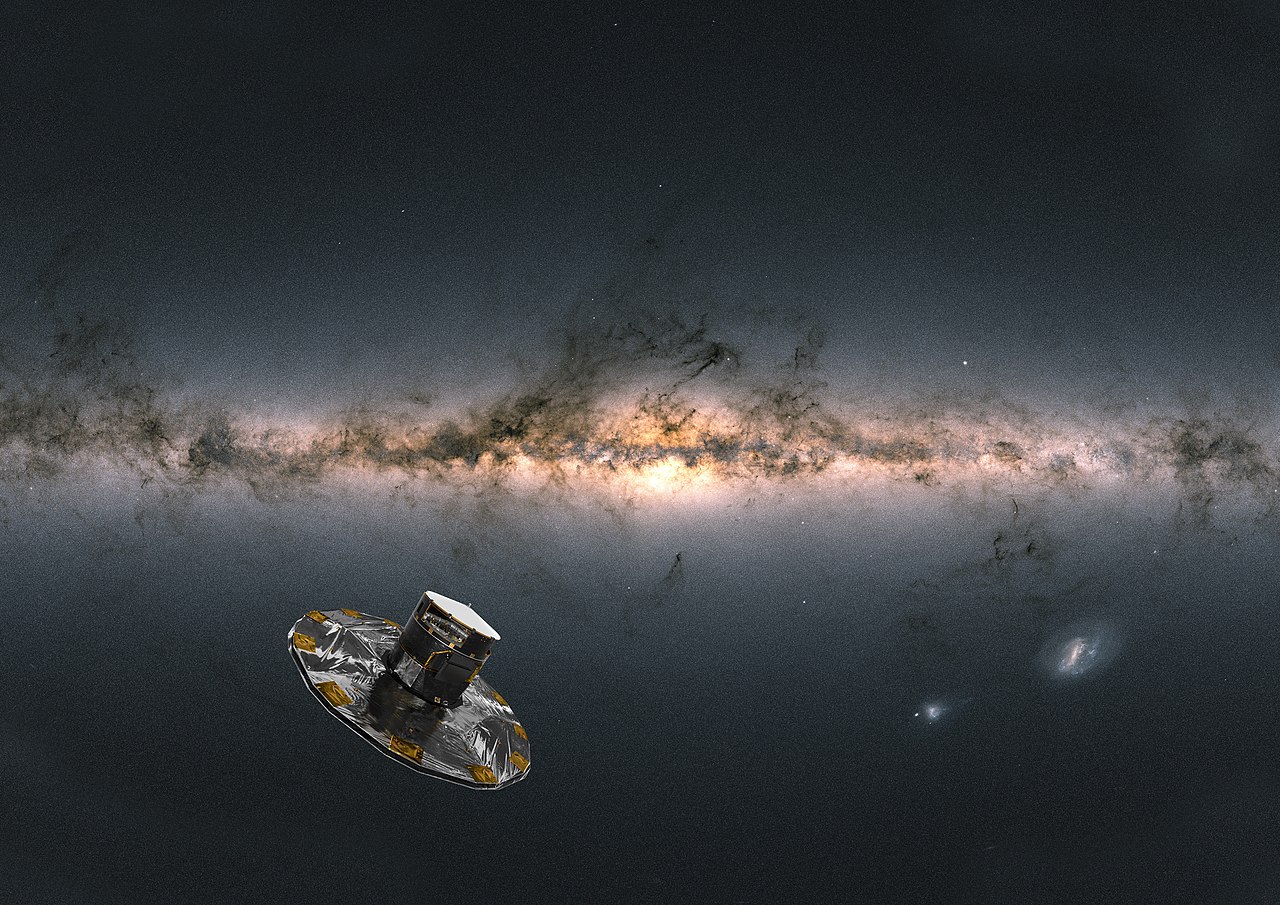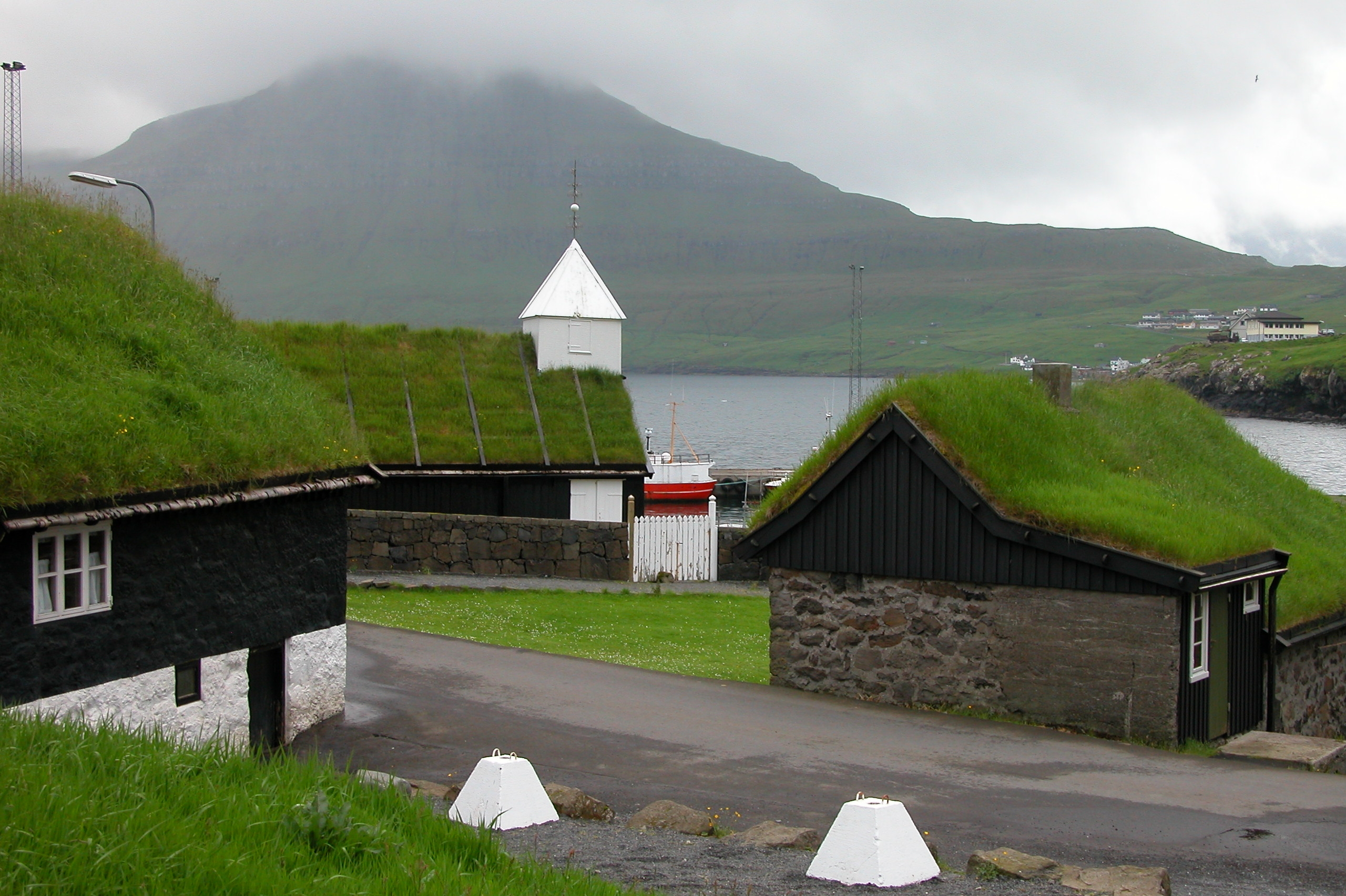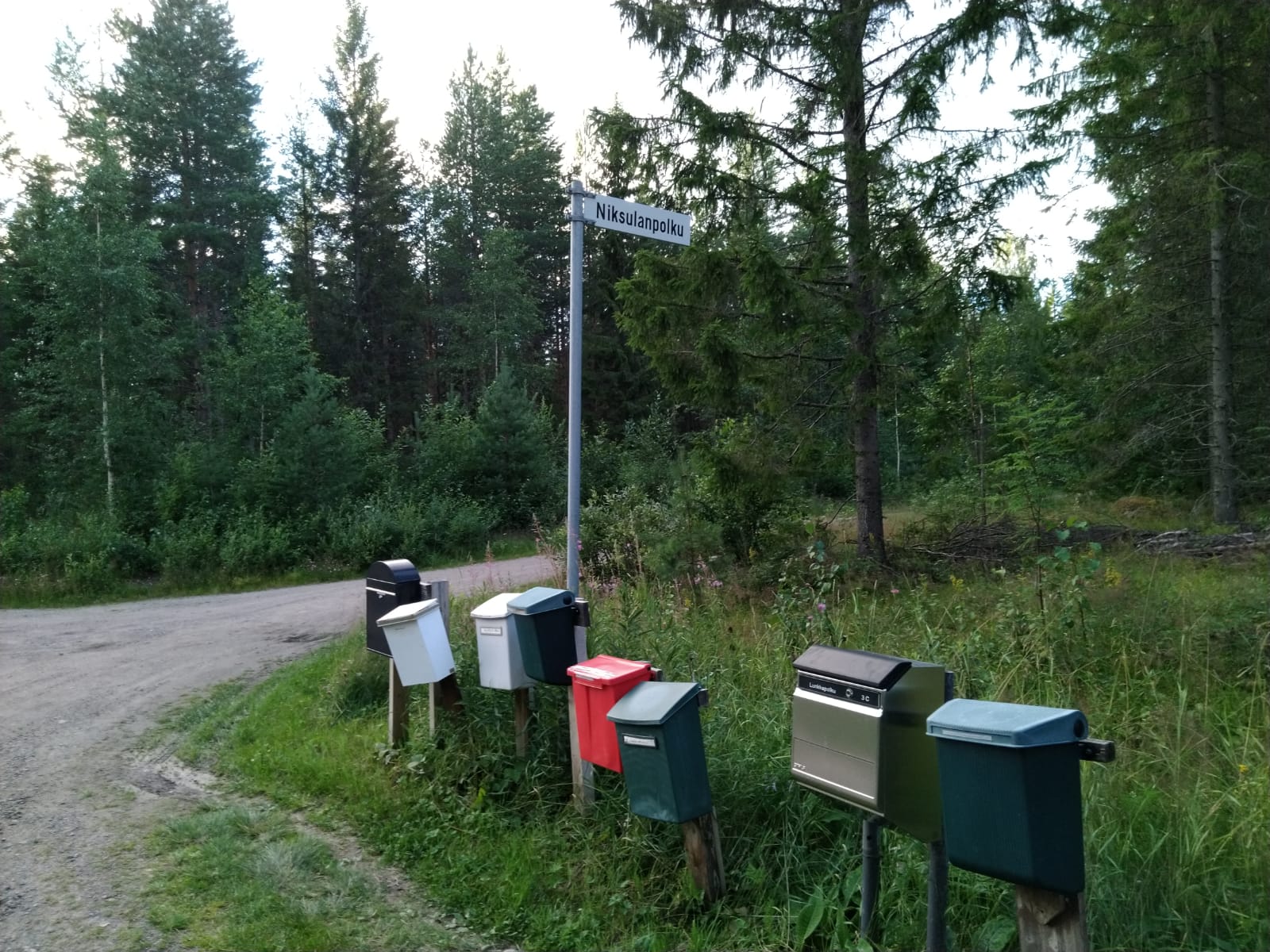Profile
Dr. Jurjen de Jong

Profile
I am a radio astronomer and software developer with a background in various fields and industries. I have previously developed data-driven pipelines and software for commercial companies and now smash around terabytes of data on high-performance supercomputers to uncover the mysteries of the universe. I am currently focused on accelerating and optimising software and data pipelines to produce high-resolution science-ready images using the LOFAR radio telescope with the aim to study the cosmic evolution of radio galaxies. Don't hesitate to contact me if you want to get in touch.
- Full name: Jurjen Michiel Gerrit Hendrik Jan de Jong
- Date of birth: 26th of May 1993
- Nationality: Dutch
- Email: jurjongATproton.me
- ORCID: 0000-0001-6876-8719
Natural languages
Below you can find languages along with my self-assessed confidence levels.
Programming languages
I primarily work in a Linux environment and use the following programming languages, along with my self-assessed confidence levels.






